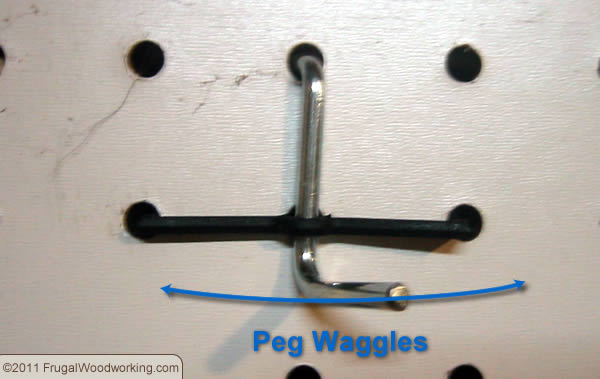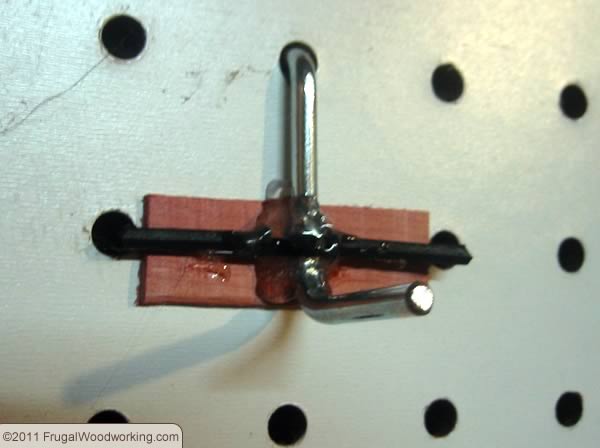These clamps are awesome. They are simple to make and cost less than $10 for a pair. For panel or tabletop glue-ups they hold your boards together and they hold them flat. No store bought clamps can beat them for gluing panels or tables.
Parts list for a pair of 48″ clamps:
- 1 2″x4″x8′ Cut it into 4′ lengths (or however long you need them). Rip them down the middle of the 4″ dimension.
- 4 bolts that are roughly 6″ long and 3/8″ in diameter. They should have an un-threaded section no longer than the thickness of of the two pieces you ripped to make the two halves of the clamp. (~3 1/4 “)
- 8 matching washers
- 4 matching wing-nuts
Thanks to Sergio Acuña Padin for producing this video and sharing the idea.

 In
In  Aug.4,2016
Aug.4,2016

![4164Z2RAYFL[1] grout float push block](http://frugalwoodworking.com/content/4164Z2RAYFL1.jpg)

